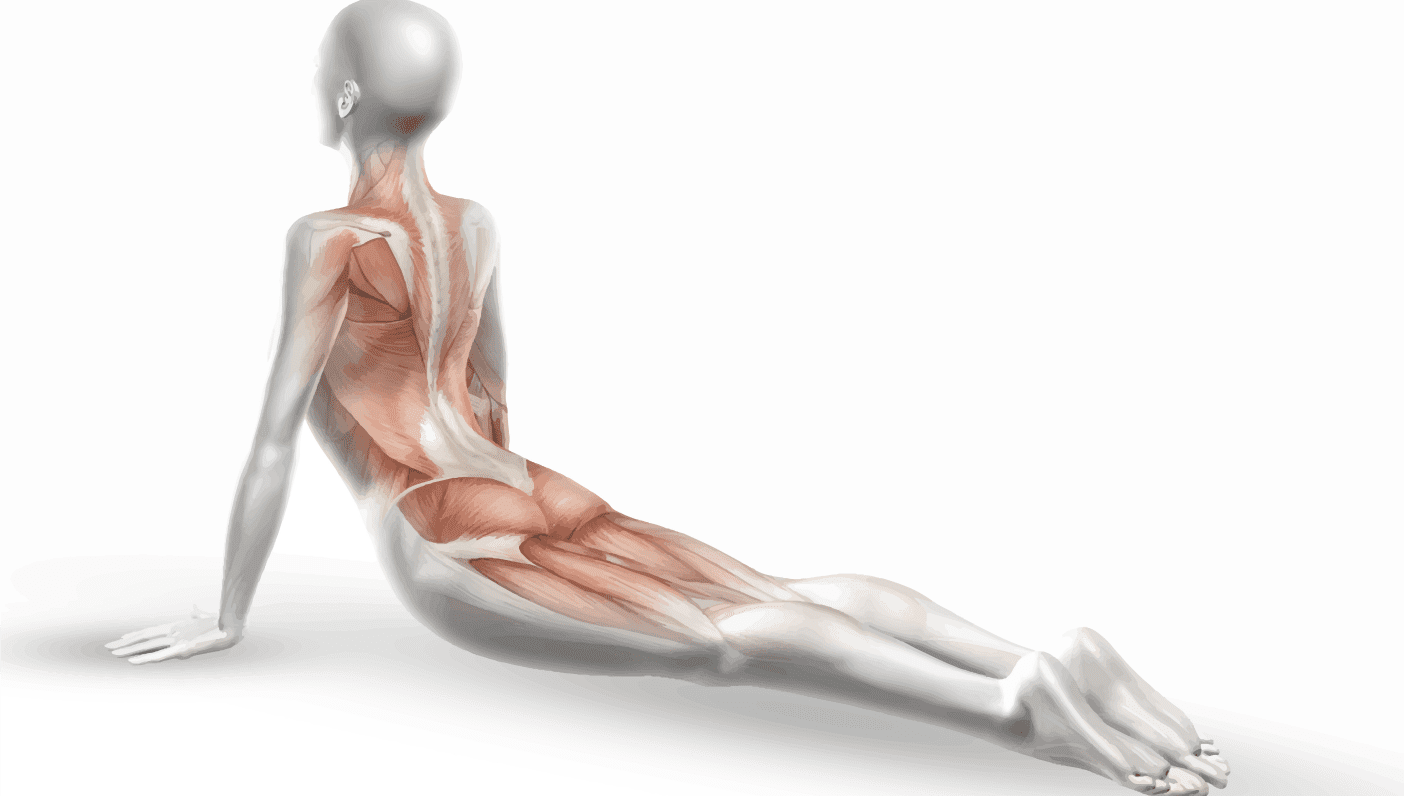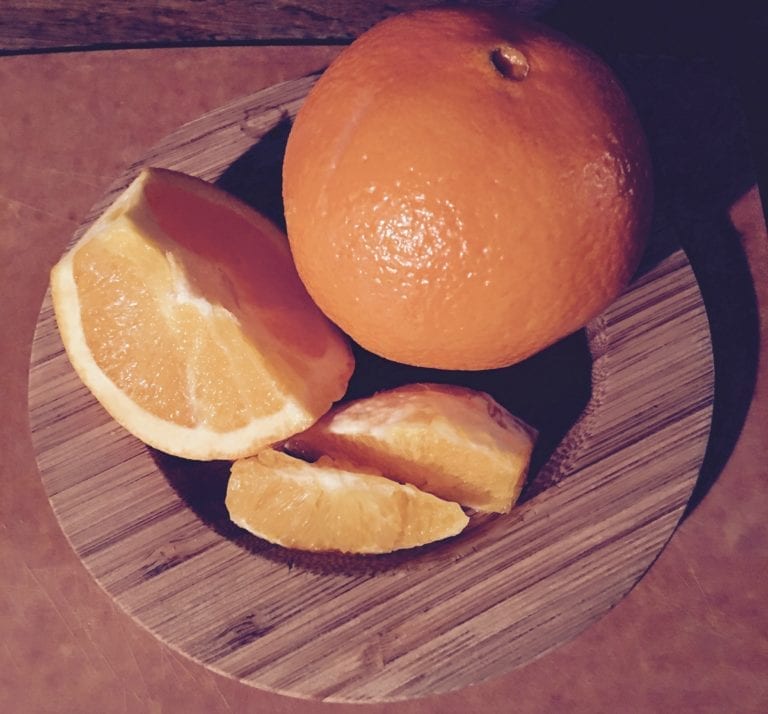
When I first started studying Anatomy and Physiology almost 30 years ago, fascia was a vague term and concept—a “material” that people really didn’t know what do with. My father said that when he did cadaver studies in medical school in the 1950s, most, if not all fascia was removed and discarded in order to view, study and make room for what they deemed the important stuff: bones, muscles, organs, etc. Little did they know what we do now—that fascia is not only everywhere in the body, but its role in all aspects of anatomy and health are indispensable.
But What Exactly is Fascia?
Connective tissue is exactly what it sounds like: tissue that connects all of the various parts of the body. In doing so it helps form our internal structure and framework. The word fascia is Latin for band or bandage. It is, simply, a form of connective tissue that resembles a large band or sheet (predominantly in the form of collagen bundles known as fascicles) that lies below the skin’s surface and separates, connects, and encapsulates all muscles and internal organs. For this very reason when attempting to describe fascia and its multi-layered aspects and complexities the analogy of an orange is often used.
Fascia is often categorized by its location and function into three distinct layers: Superficial Fascia, Deep Fascia and Visceral (or Subserous) Fascia.

Superficial Layer
Utilizing the image of an orange the Superficial Fascia would be analogous to the layer of fibers that comprise the underside of the outer peel or rind. This outside peel is quite similar to the entire sheet of skin that encapsulates the human body and holds all our viscera (our organs) inside. The Superficial Fascia is found directly under this layer of skin, giving rise to its other name the hypodermis (hypo=below + dermis=skin). Anatomists lovingly refer to the Superficial Fascia as the body’s Saran Wrap, helping seal in and keep fresh all of our goods.
Deep Layer
Deep Fascia, like connective tissue, is also exactly what it sounds like—a layer of dense connective tissue that lies deep to or below the hypodermis. Deep Fascias role is, for lack of a better term… deep. It Saran Wraps and separates all of the body’s individual muscles and bones. It forms protective sheaths or conduits for vessels and nerves. It marries muscle to bone via tendons, and bone to bone via ligaments. In terms of our orange metaphor, the Deep Fascia is analogous to the fibers that cover the various individual wedges (muscles) as well as those that connect those individual segments to one another (ligaments).
Visceral Fascia
Viscera is defined as the various internal organs of the major body cavities. Thus Visceral Fascia not only wraps these various organs but also suspends them within their respective cavities. Applied to our orange metaphor one last time, the Visceral Fascia would correspond to the individual pods and segments that lie inside of the individual wedges.
Tying it all Together—Literally
The role, function, and location of fascia runs deep and wide. Like an enormous and intricate anatomical spiderweb, it’s literally everywhere, from the superficial to the sublime. It covers, encapsulates and interweaves every tendon, ligament, muscle, blood vessel, nerve and organ—including the kidneys, bladder, heart and even the brain! And like everything in this beautiful universe—where everything is in some shape or form interconnected—these fascial systems or layers don’t live in isolation, separate from one another, but are really one continuous thread or sutra that literally and metaphorically tie the body together. Just as yoga is the union of body and mind, fascia is the union of the parts that make our body move.
—

Chad Dennis has been teaching yoga since 1998 and is currently the Director of Yoga at Wanderlust Hollywood. Chad is certified in numerous schools of yoga and brings this knowledge and insight to both teachers and practitioners at Wanderlust. He is also the co-leader of the Teacher Intensives and the curator of Yoga Workshops and Teacher Residencies. Follow him on Instagram @ChadDennisYoga